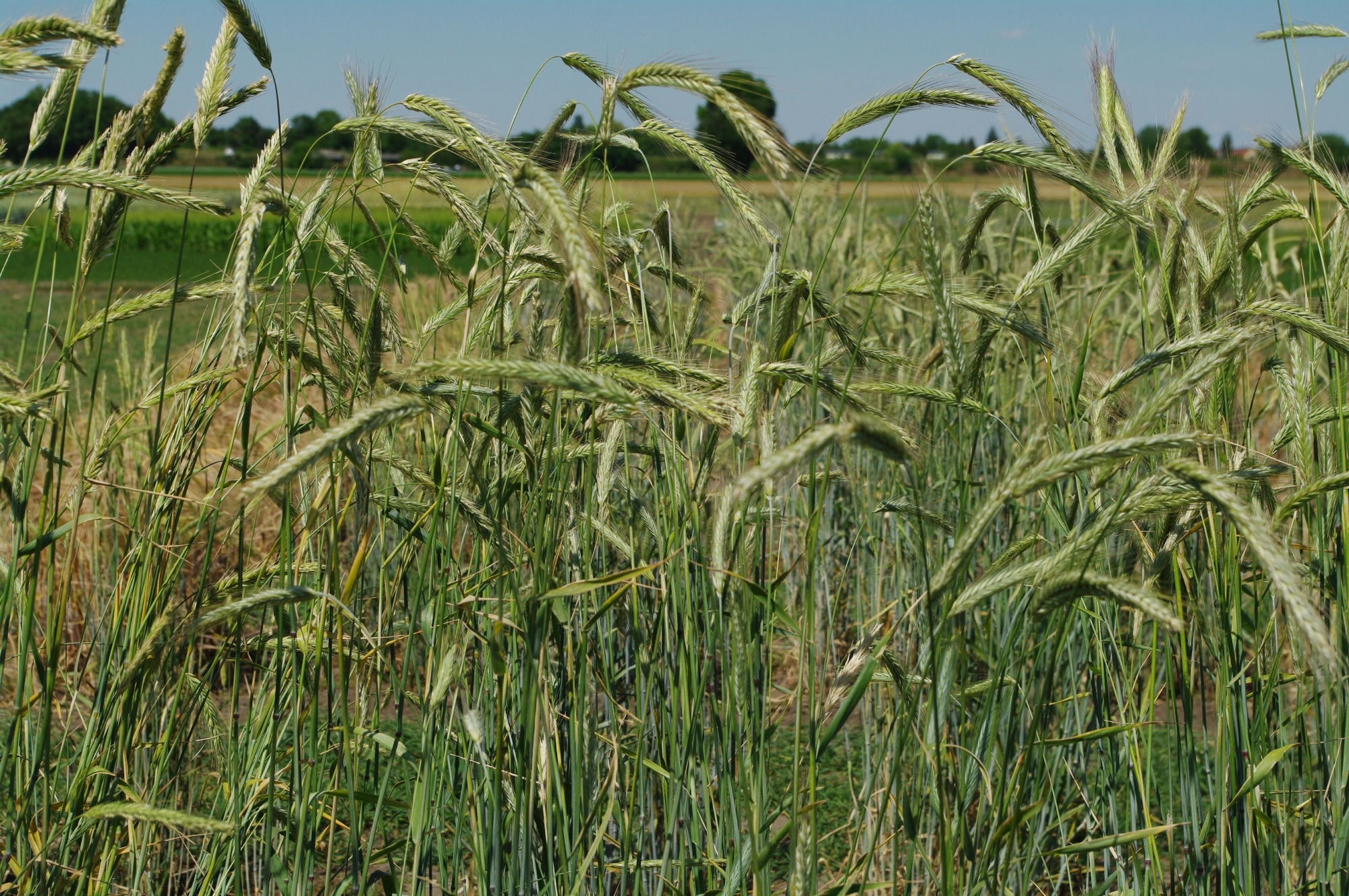Rye was domesticated by humans over a period of many thousands of years. They have significantly reduced its genetic flexibility as a result. Today, wild rye is more genetically diverse than its domesticated cousins and has a greater ability to recombine this genetic diversity.
 Domesticated rye. Image Credit: Uni Halle/Steven Dreissig.
Domesticated rye. Image Credit: Uni Halle/Steven Dreissig.
In a recent study published in the journal “Molecular Biology and Evolution,” a research group led by Martin Luther University Halle-Wittenberg (MLU) and the Leibniz Institute of Plant Genetics and Crop Plant Research (IPK) has proven this. The findings also provide an explanation for why domesticated rye is less resilient to changes like climate change than wild species.
In their research, the team examined 916 rye plants—wild and domestic—from various parts of Europe and Asia. They also looked at their genetic makeup. They were especially interested in the rye’s supposedly recombining regions. In essence, this explains how frequently, during cell division, a plant’s genetic material mixes along a chromosome.
The process of recombination plays an important role in a species’ evolution because it enables two beneficial gene variants to combine.”
Dr Steven Dreissig, Martin Luther University Halle-Wittenberg
Additionally, advantageous variants can be distinguished from those that are less advantageous. More plants are able to flexibly recombine their genetic material as the recombination landscape expands.
Early farmers, however, found this process to be detrimental because agriculture depends on uniform plants with essentially the same properties and genetic makeup. According to Dreissig, the problem is made worse in the case of rye because the plants cannot self-pollinate like barley or wheat, which makes them dependent on cross-pollination.
Rye pollen can travel up to several kilometers. This allows populations that are separated spatially to remain in contact and exchange genetic material.”
Dr Steven Dreissig, Martin Luther University Halle-Wittenberg
Cereals like wheat and barley were first grown by humans about 12,000 years ago. The Fertile Crescent in the Middle East is where the majority of the varieties that are used today were developed.
Rye is assumed to have first spread to Europe as a weed and could only be domesticated there much later because there were no disturbing wild varieties.”
Dr Martin Mascher, Leibniz Institute of Plant Genetics and Crop Plant Research
Dr Martin Mascher is also a member of the German Centre for Integrative Biodiversity Research (iDiv) Halle-Jena-Leipzig.
The researchers were able to reconstruct the rye distribution and a kinship network from Asia to Central Europe thanks to their new analyses. The differences in the plant recombination landscape increase with the distance between the individual locations.
Dreissig adds, “We actually found major differences between domesticated and wild rye, especially in the non-recombining regions. In cultivated rye, the recombining regions are significantly smaller than in the weed-like plants, such as those still found today in Turkey.”
For cultivated plants, this is advantageous because it makes plants with desirable traits, like firm ears and large grains, more uniform and manageable. On the other hand, wild rye gains from this genetic adaptability, which enables it to respond to disturbance factors like a changing climate more effectively.
The team also discovered a gene region that seems to be crucial to the genetic material’s adaptability. Additionally, they discovered a gene that was previously known to affect yeast’s recombining regions.
Source:
Journal reference:
Schreiber, M. et al. (2022) Recombination Landscape Divergence Between Populations is Marked by Larger Low-Recombining Regions in Domesticated Rye. Molecular Biology and Evolution. doi.org/10.1093/molbev/msac131.